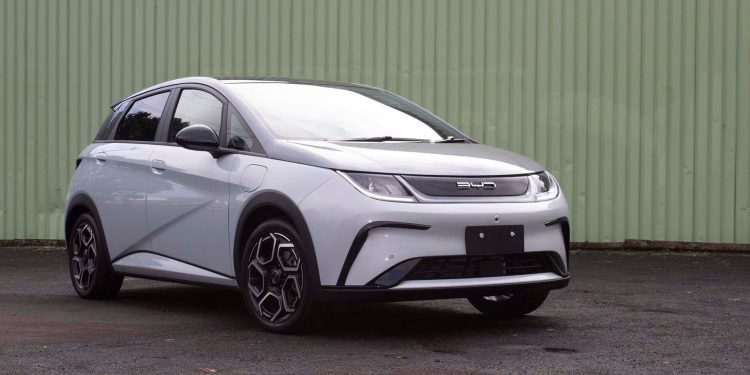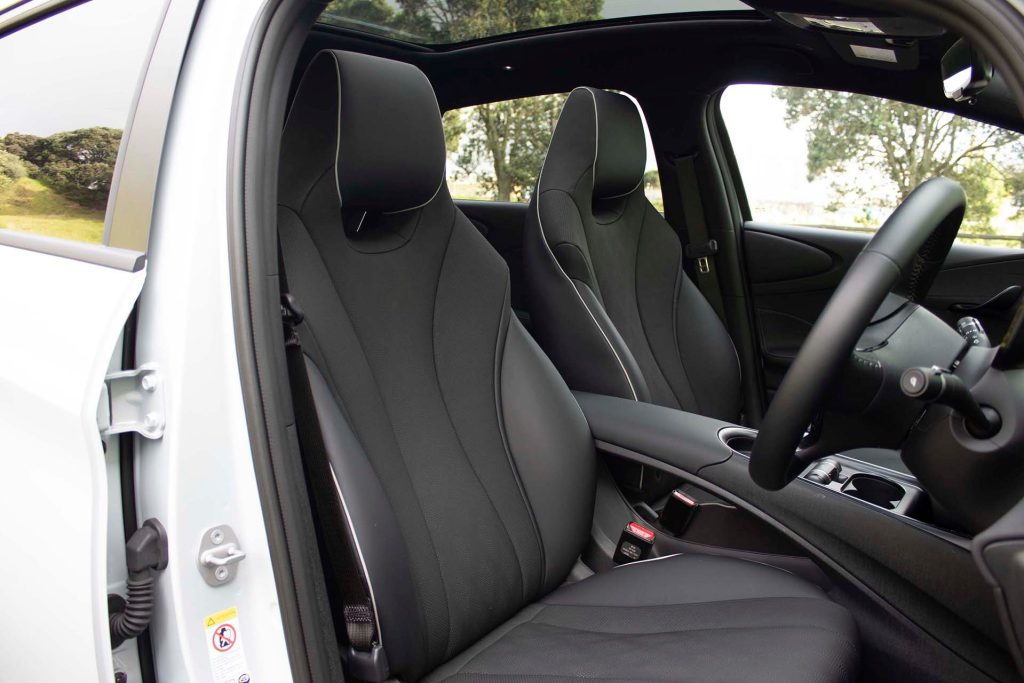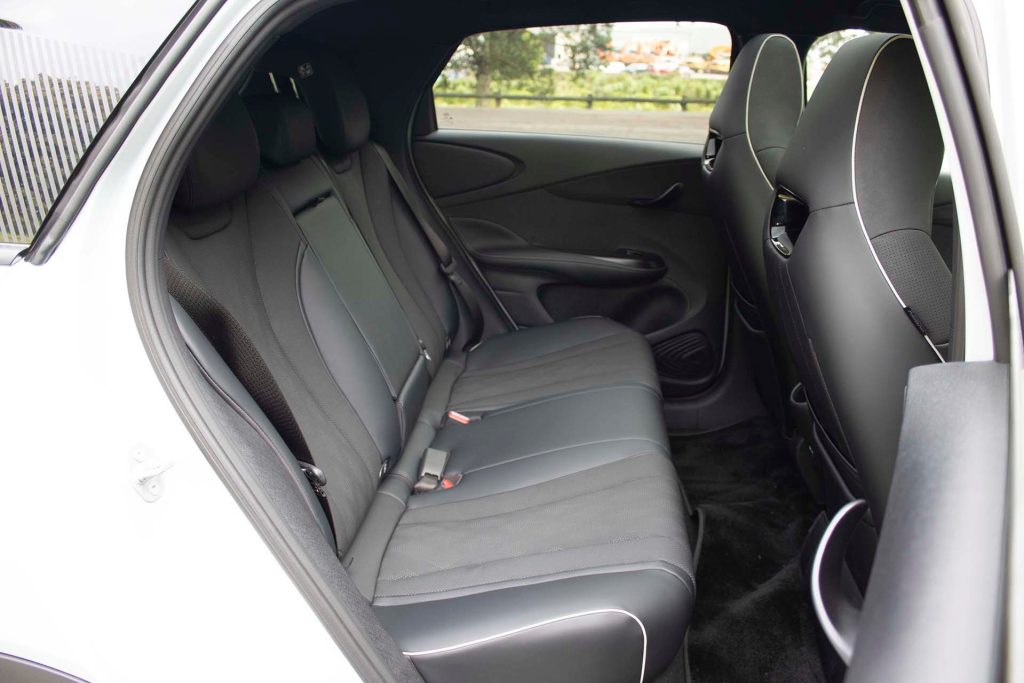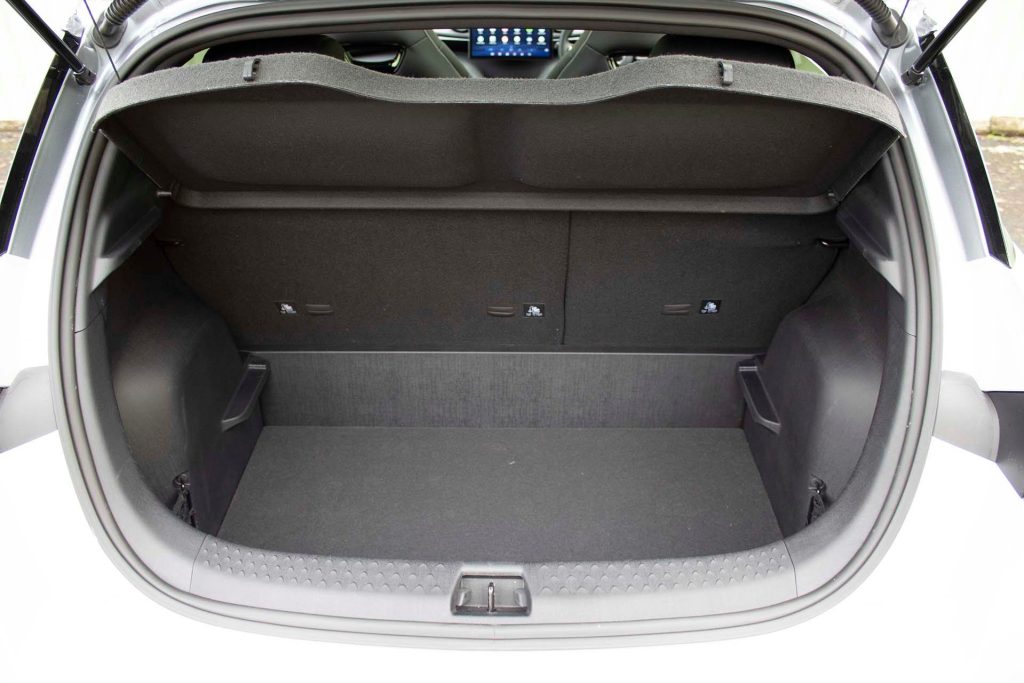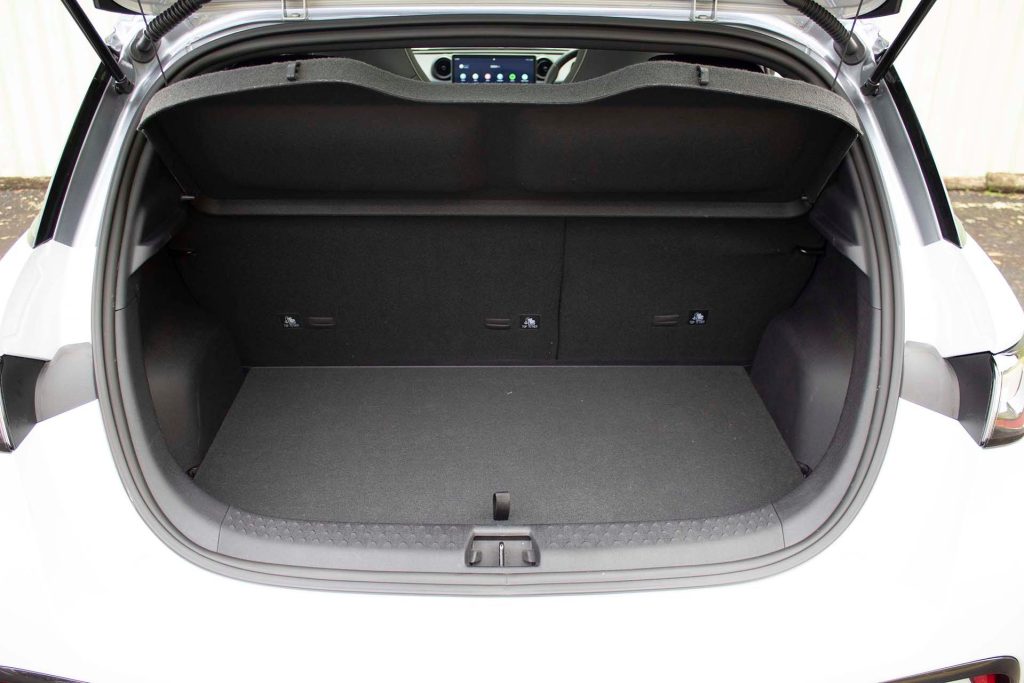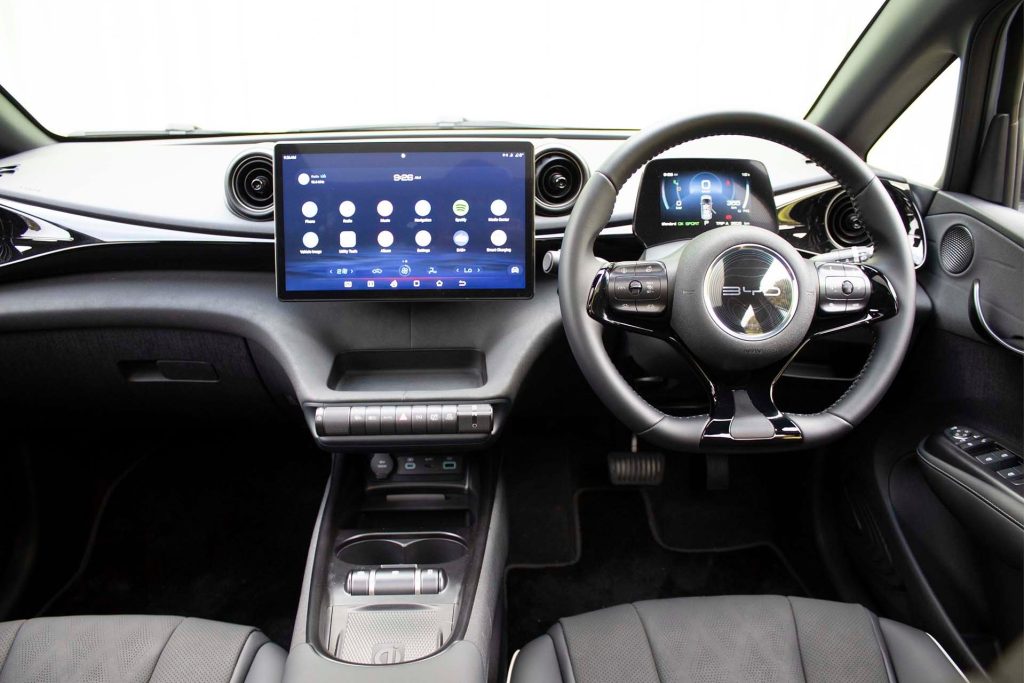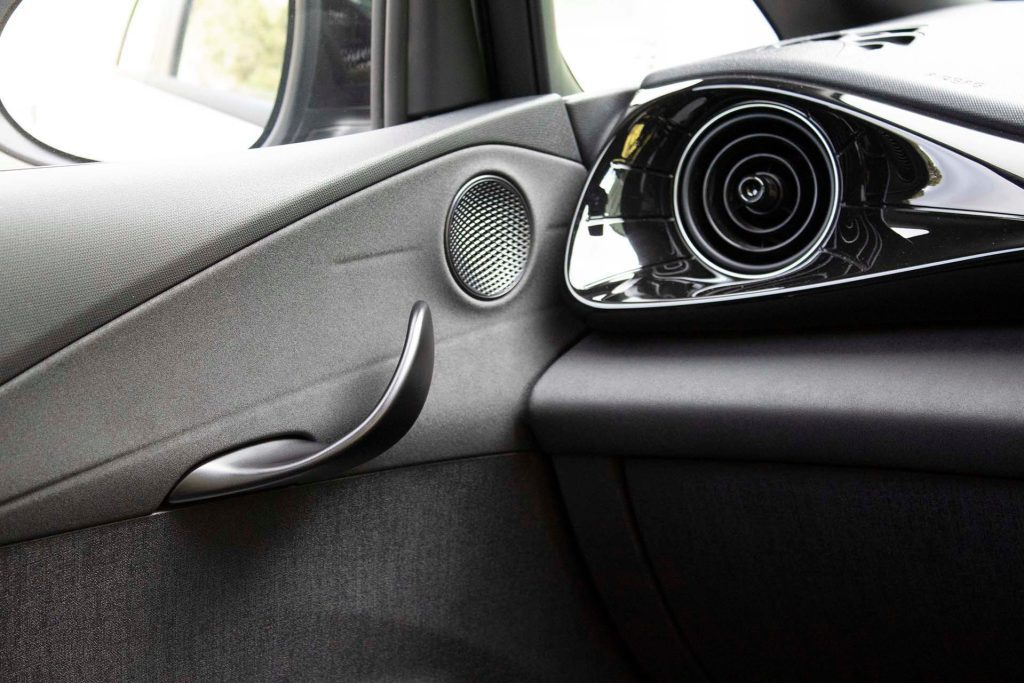BYD Dolphin NZ price and specification revealed
The BYD Dolphin will soon join the brand’s local line-up, the five-door hatch being a slightly cheaper EV option than the popular Atto 3. But how much cheaper?
What is the price of the BYD Dolphin already?
There will be two model variants available; the Standard starts at $49,990 and the Extended is $55,990. Both are plus on-roads and minus the $7015 EV rebate.
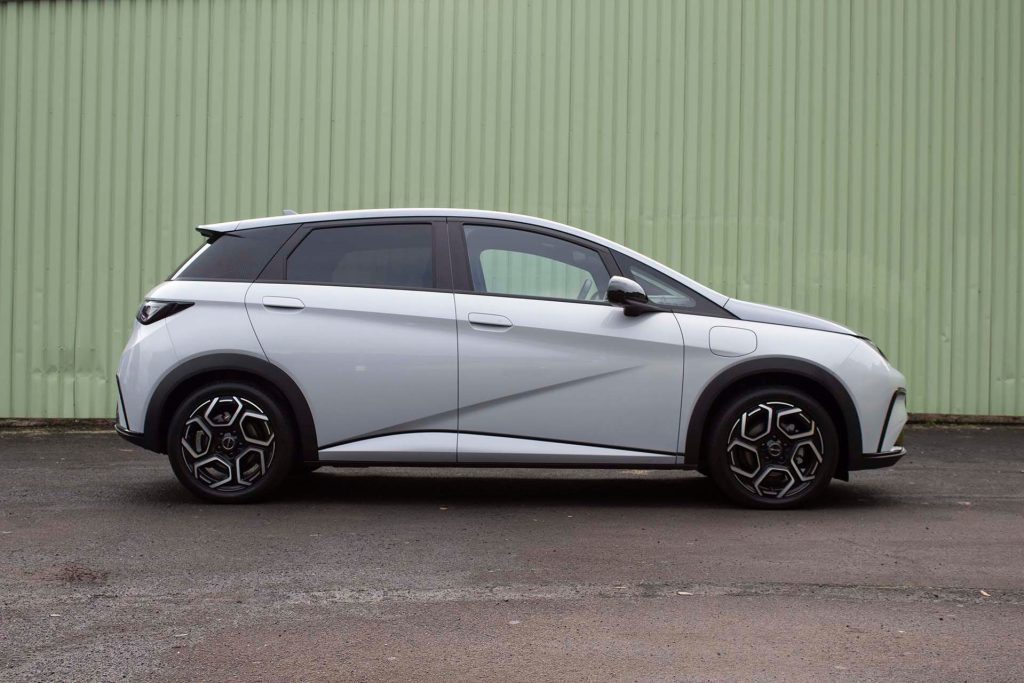
BYD NZ boss, Warren Willmot told us, “Many people thought this was going to have a price tag starting with a three, they were expecting us to be the cheapest EV on the market but BYD is not a cheap brand. I’d say it’s a premium above MG, just from build quality alone.”
Willmot says the Dolphin’s arrival here has been delayed as the front end of the car was re-engineered (from the Chinese domestic market version) to achieve a maximum safety rating.
“In the domestic market, there’s a version with a 30kWh battery, and the car is cheap.
But it doesn’t have the safety spec. For us here, we will only ever launch cars with a high safety spec and a maximum safety rating. While we could have spec’d it to be the cheapest EV on the market, we didn’t want to do that, we needed the safety in this car.” As yet, there is no ANCAP rating however.
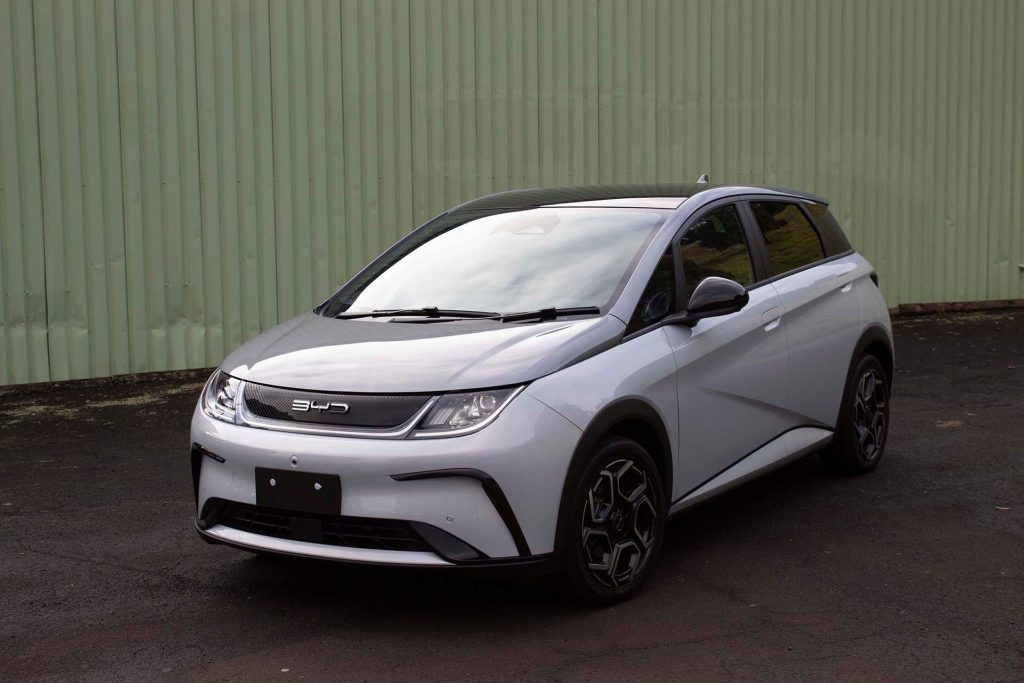
BYD NZ is also positioning the car to take on the fleet market. “People want to compare us against the MG4, or Ora, but we’ve set up our business to compete in the fleet market, essentially to take on the Japanese hatch, whether it’s Corolla or Mazda 3, it’s designed as an affordable BEV option,” says Willmot.
And what is the spec like?
While the Atto 3 Standard and Extended models share the same spec and powertrain, with just the battery differentiating them, there is a greater difference between the Dolphins.
The Standard has a 70kW/180Nm motor paired with a 45kWh battery to give a WLTP rated range of up to 340km. Efficiency is pegged at 15.2kWh/100km, weight at 1506kg.
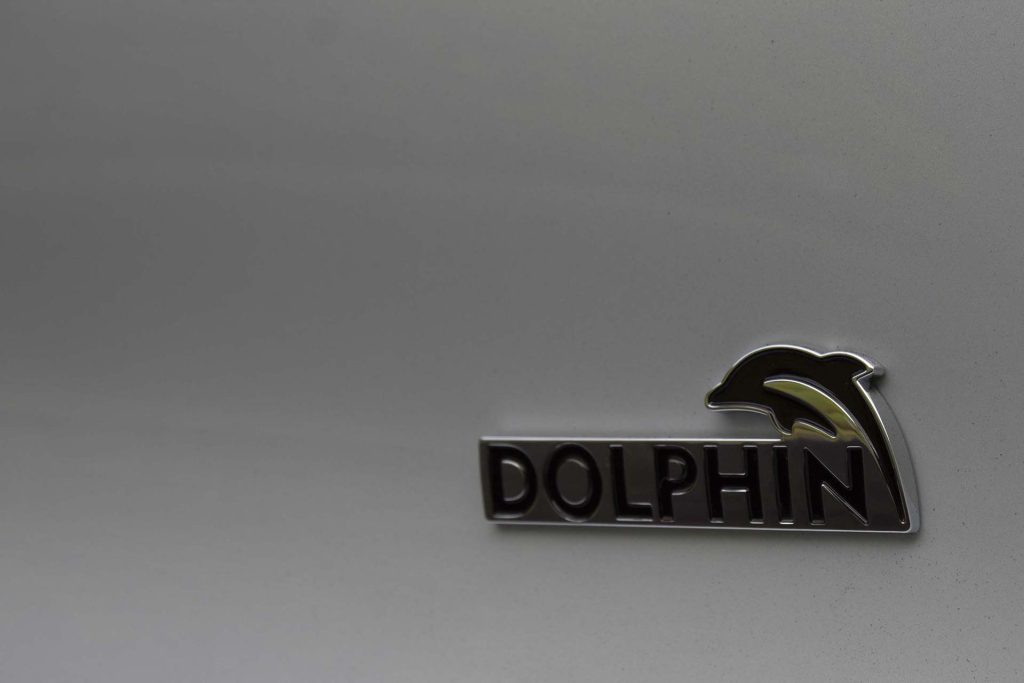
The Extended has a more powerful 150kW/310Nm motor while a 60kWh battery (both with LFP chemistry) gives a range of 427km. It’s heavier at 1658kg, efficiency quoted at 15.9kWh/100km. The Standard is said to hit 100km/h in 12.3sec while the Extended needs just 7sec.
The other major mechanical difference between them is the rear suspension. While both have Mac struts up front, the Standard has a torsion beam while the Extended gains a multilink set-up.
As for DC charging, the Standing can take up to 60kW while the Extended can suck up to 80kW and both have the vehicle to load function.
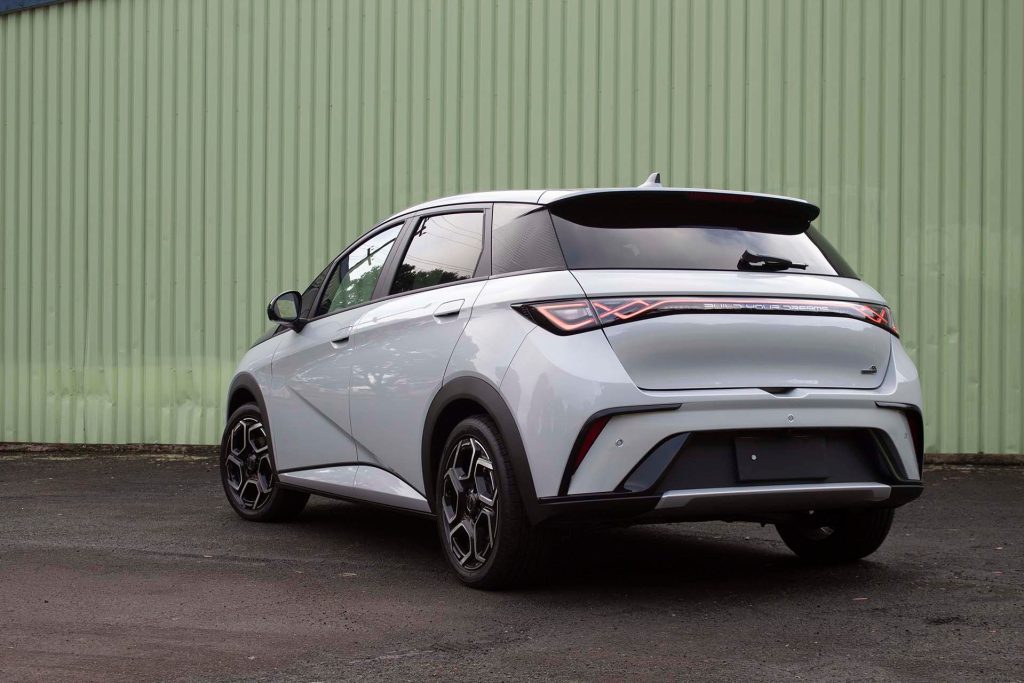
Other spec details?
The Standard will come in Sand White and Urban Grey (the latter a $750 extra) but you can also get Coral Pink and Maldive Purple (indent only and $1499 extra). The pink car also gets a pink accented interior! The white and purple colours come with creamy highlights on the inside, the grey with a black interior trim.
The Extended gets a two tone colour scheme (white, blue and white, all paired with a dark grey roof and bonnet, and a grey and black combination) and 17-inch alloys. White is the only free colour, the others are extras.
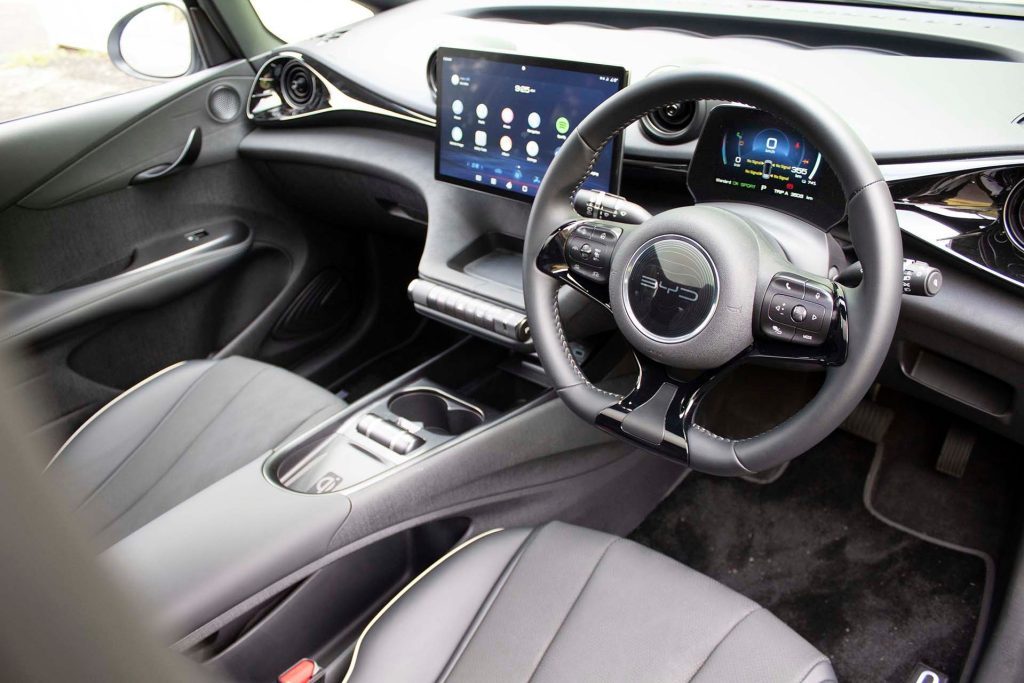
Both models get a panoramic glass roof, heated front seats, a 5-inch digital instrument panel, fake leather trim, six-way powered adjustment for the driver (four-way for the passenger), a 12.8-inch rotating touch screen, Apple CarPlay, sat nav, LED headlights, a wireless phone charger, a keycard and the PM 2.5 air filter. Phew. There’s also the array of safety equipment with plenty of airbags, Isofix points in the rear, a 360 degree camera, adaptive cruise control and all the collision warning systems, blind spot monitoring and lane keeping.
How does it drive?
We had a very brief drive of a pre-production version of the Extended and all is well. The ride is sorted thanks to that multi-link rear end, the steering assistance too. There are three drive modes, it’s quite quick in the Sport mode, while Normal is pretty decent too as you’d expect with 310Nm in a small package.
The car looks a bit like Jazz, but is bigger at just under 4.3m long. The seating position is elevated, so it’s easy to get aboard. The interior has a more conventional colour scheme than the Atto 3, but still sports an interesting design with lots of organic curves and cool things like the big door handles (inspired by Dolphin fins…).
It has the same big touch screen (rotates around too) which controls most functions (although there are easy access temperature controls and volume knob below) and the same little instrument screen with everything you need to know neatly contained within. There’s the same steering wheel too with its easy access buttons on the spokes. There are some interesting storage solutions, the centre console is funky, so too the buttons with the rocker-switch gear-selector positioned on the dash. There’s a measured mix of hard plastic and softer touch points and a quality build. We like the seats too, well sculpted and comfy.
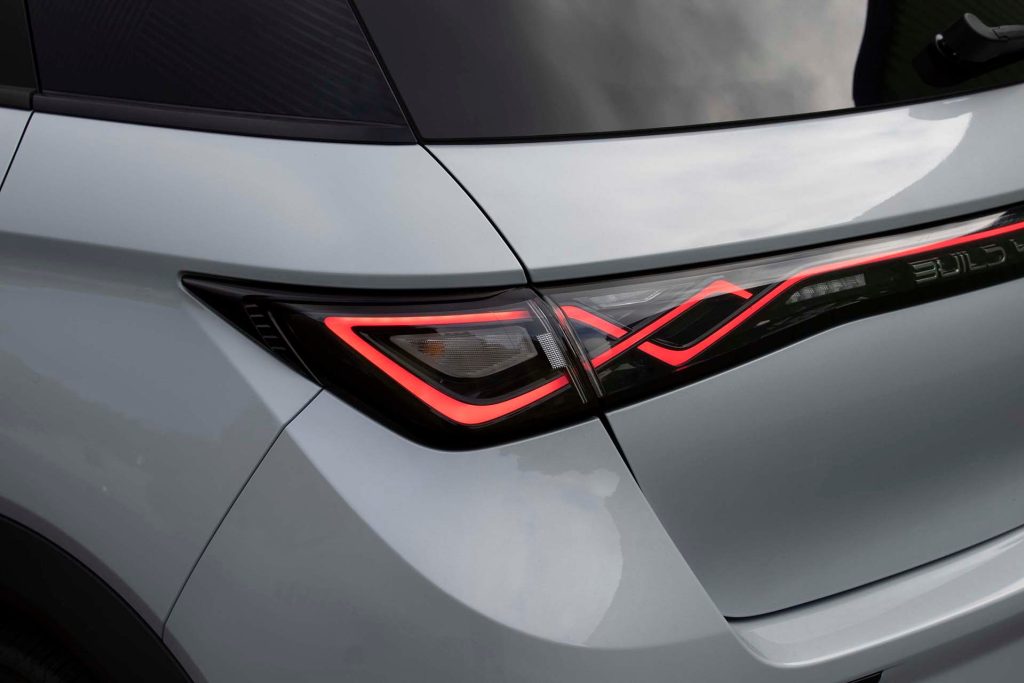
With a 2.7m wheelbase, there’s no premium on leg room in the rear, or headroom, even with the glass roof and easy entry too. The boot space is okay 345L, better when the floor is lowered, and it can expand out to 1300L.
When can you get one?
BYD NZ will be accepting orders from its dealers (there are 12 showrooms around the country currently, with more dealers coming in New Plymouth and Nelson) on June 5 and first deliveries will be in September, barring any shipping issues.
“We’ve already received orders from Government fleets, but we have great supply from the factory, so anyone that wants one will have one by Christmas and the first few shipments we expect to sell out,” says Willmot.
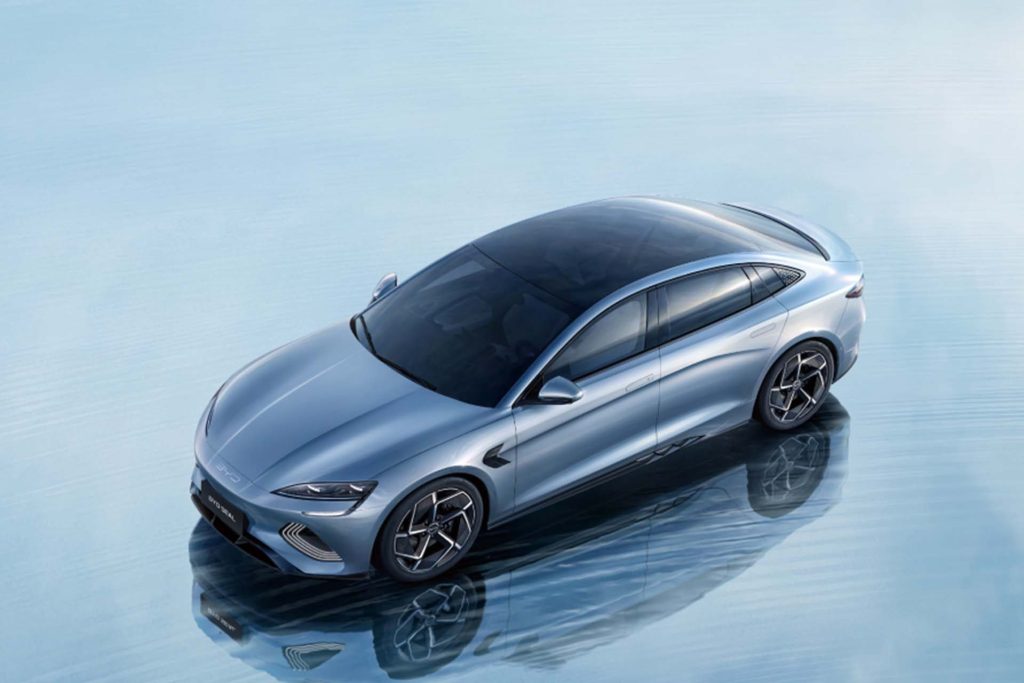
There will be a full suite of accessories available when the car lands, including a tow bar. While there’s no tow rating yet, it’s more for those customers who want to fit a bike rack for the e-bike.
It should be another busy year for BYD with the Seal launching later this year (it’ll be on display at Fieldays) and we can expect plug-in hybrids next year, and there’s a ute coming too.


